 |
| Tempera Icon from the Icon Painting Workshop of St.Elisabeth Convent |
 The Life-Giving Spring of the Mother of God is a feast day in the Orthodox Church that is associated with a historic church just west of Constantinople in Valoukli, as well as an icon of the Theotokos.
The Life-Giving Spring of the Mother of God is a feast day in the Orthodox Church that is associated with a historic church just west of Constantinople in Valoukli, as well as an icon of the Theotokos.
The feast day of the Life-Giving Spring is commemorated on Bright Friday of each year, being the only feast day which may
be celebrated during Bright Week. The actual commemoration
of the Life-Giving Spring Icon of the Most Holy Theotokos is observed on April 4.
 There are two accounts extant
concerning the revelation of the Life-Giving Font just outside the City of
Constantinople. It is likely that in either case, before the 5th-6th century
monastery was erected, a shrine was already in existence with a spring of
water,
near a grove of trees, and was dedicated to the Theotokos from early times. Over
time, the grove had become overgrown and the spring became fetid.
There are two accounts extant
concerning the revelation of the Life-Giving Font just outside the City of
Constantinople. It is likely that in either case, before the 5th-6th century
monastery was erected, a shrine was already in existence with a spring of
water,
near a grove of trees, and was dedicated to the Theotokos from early times. Over
time, the grove had become overgrown and the spring became fetid.
The traditional account is
recorded by Nikephoros Kallistos Xanthopoulos, the last of the Greek
ecclesiastical historians, who flourished around 1320. This tradition begins
with a miracle that occurred involving a soldier named Leo Marcellus, who would
later become the Byzantine Emperor Leo I the Thracian (457-474).
While Leo was
on his way to Constantinople he encountered a blind man near the Golden Gate who was thirsty. Though
he agreed to search for water, he was unable to find any. A female voice was then
heard who told the future Emperor that there was water nearby. Looking about,
he could see no one, and neither could he see any water. Then he heard the
voice again:
"Emperor Leo, go into the
deepest part of the woods, and you will find water there. Take some of the
cloudy water in your hands and give it to the blind man to drink. Then take the
clay and put it on his eyes. Then you shall know who I am."
 |
| Emperor Leo I the Thracian |
The same voice added that she
had chosen that very place to be worshiped and prophesied that he would one day
receive the crown to the empire. Leo followed her order and at once the blind
man recovered his eyesight. After his accession to the throne, the Emperor
erected a magnificent church on this place, and the water continued to work
miraculous cures. Therefore, it was called "The Life-Giving Spring."
 |
| Life-Giving Spring of the Mother of God |
A second account is given by
the prominent Byzantine scholar Procopius of Caesarea. In this version, the Emperor Justinian was out hunting when he
came upon a small chapel in a beautiful wooded area, surrounded by a
large crowd of people and a priest in front of a spring. Inquiring about this
site, he was told that this was the “source of miracles”. He at once ordered
that a magnificent church be built there, utilizing materials that had remained
after the erection of the Hagia Sophia. The church was erected
in the last years of his reign, near the holy spring. After
the erection of the sanctuary, the Gate that was situated outside the walls of
Theodosius II was
named by the Byzantines Gate of the Spring. (Source: http://orthodoxwiki.org/)
 |
| Gate of the Spring |
A few more interesting facts:
In recent years, one copy of
the icon began to steam myrrh. You can read more about it here: http://www.pravoslavie.ru/english/89924.htm
Learn more about the church
bearing the name of the icon in Istanbul:
Another interesting post on the Holy Icon:
Various icons of the Life-Giving
Spring of the Mother of God:






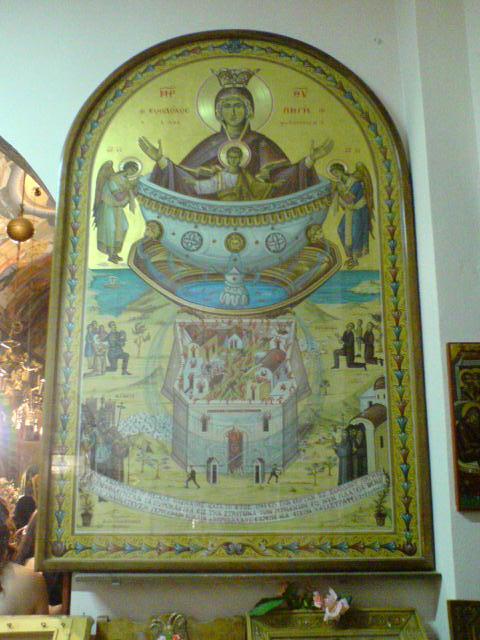

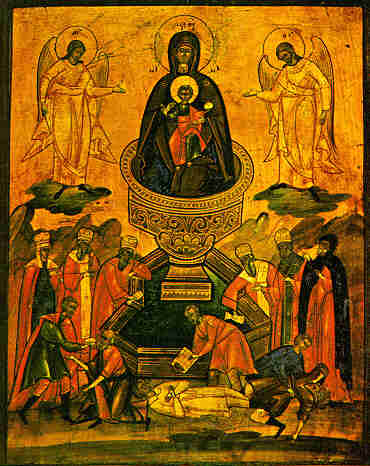


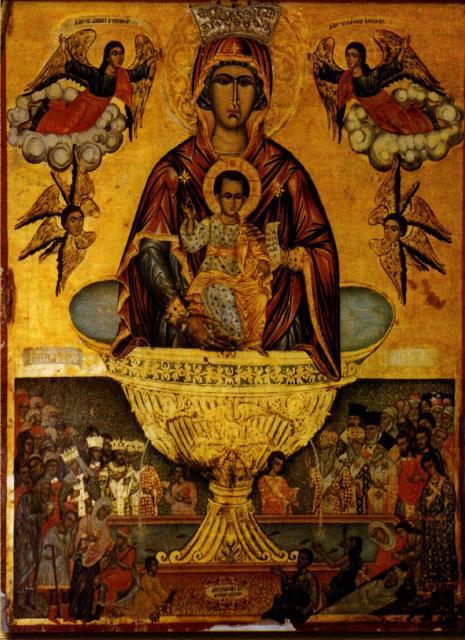

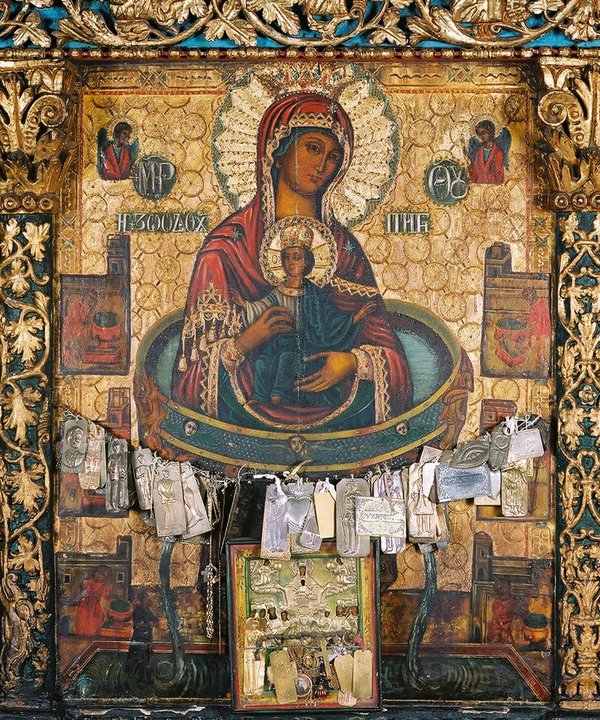



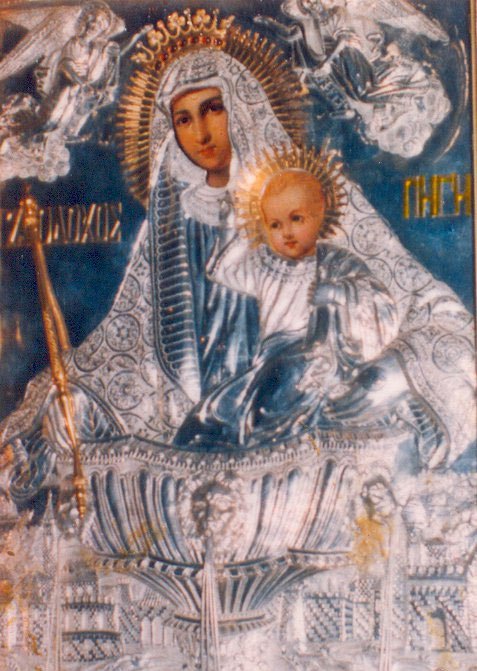


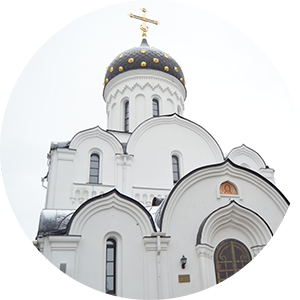








CONVERSATION